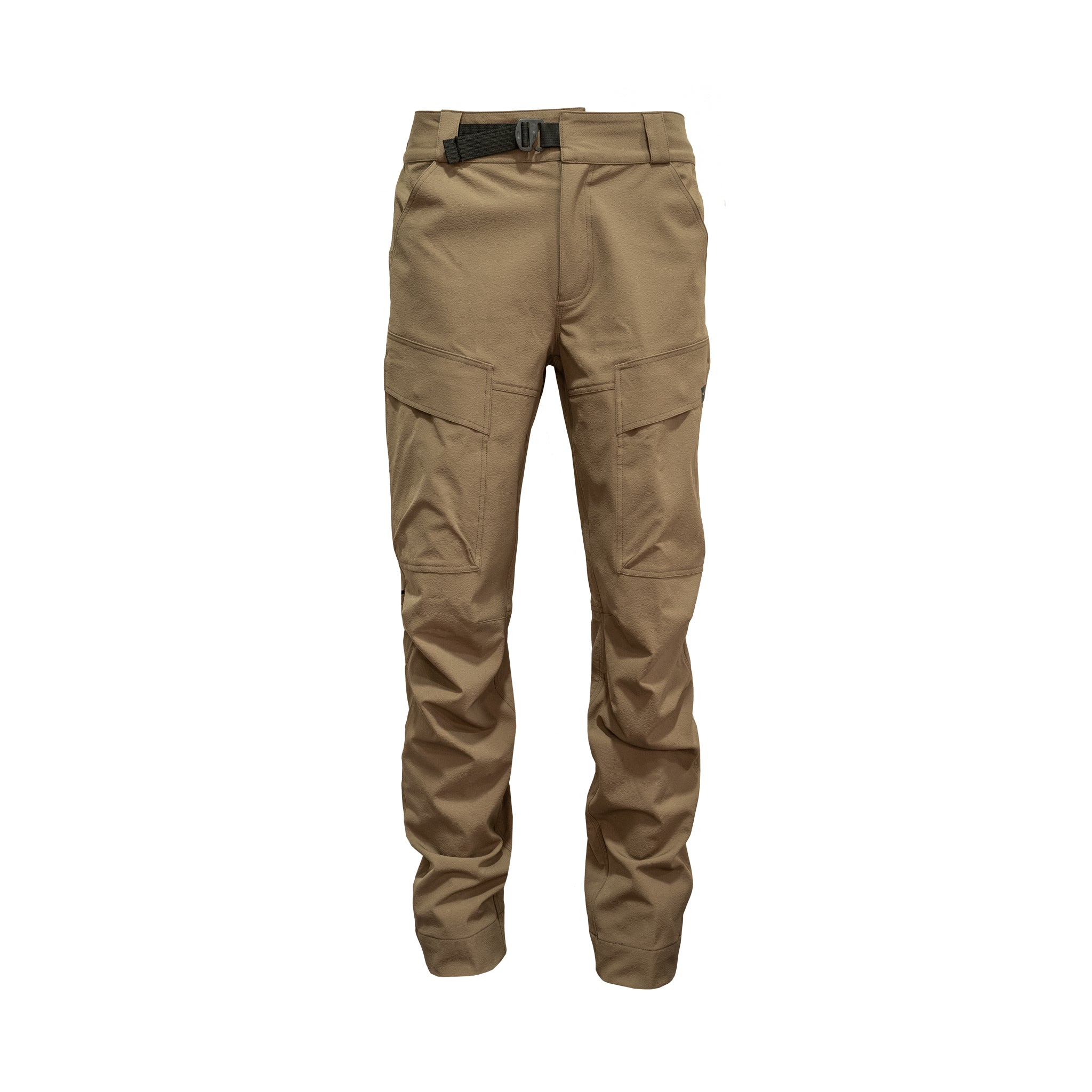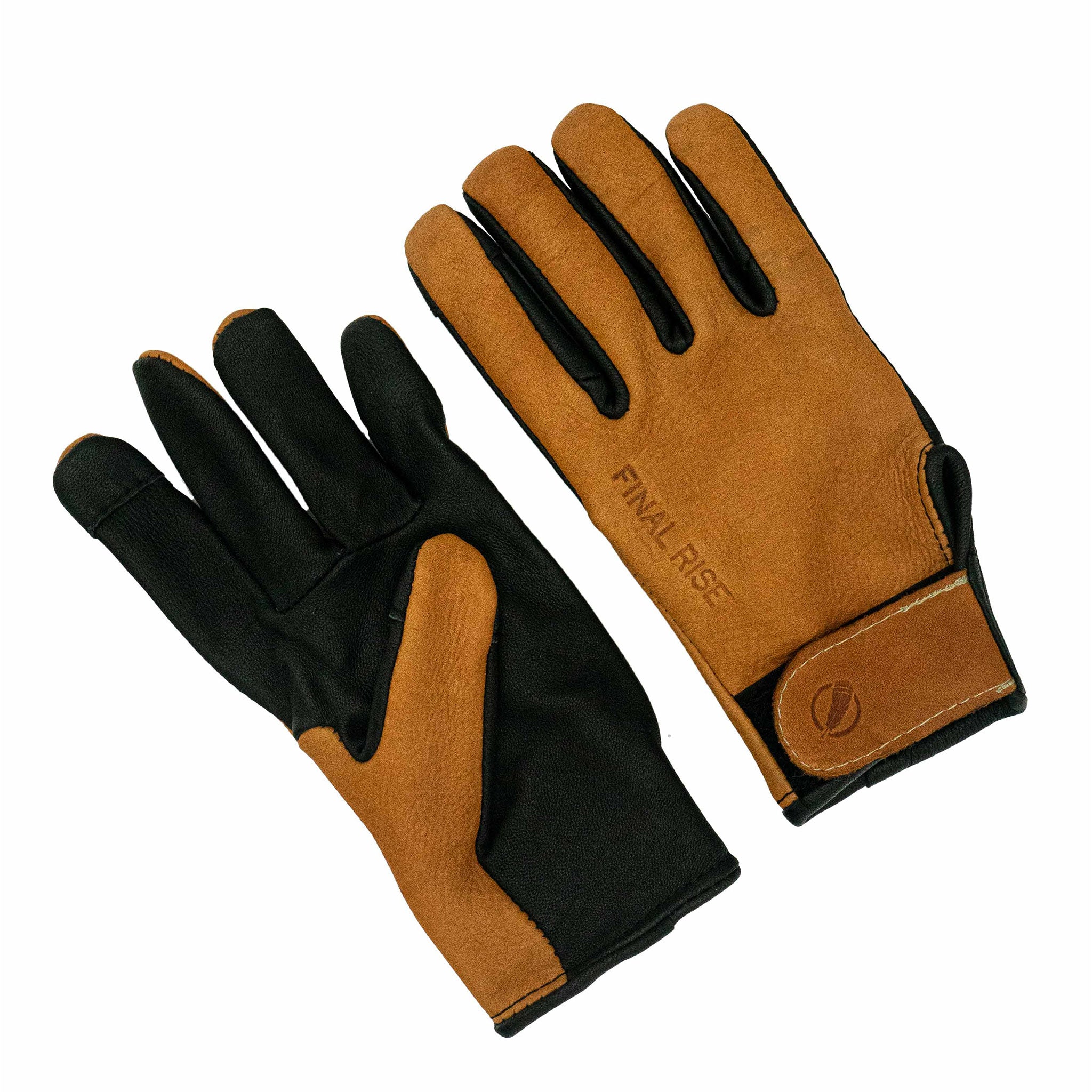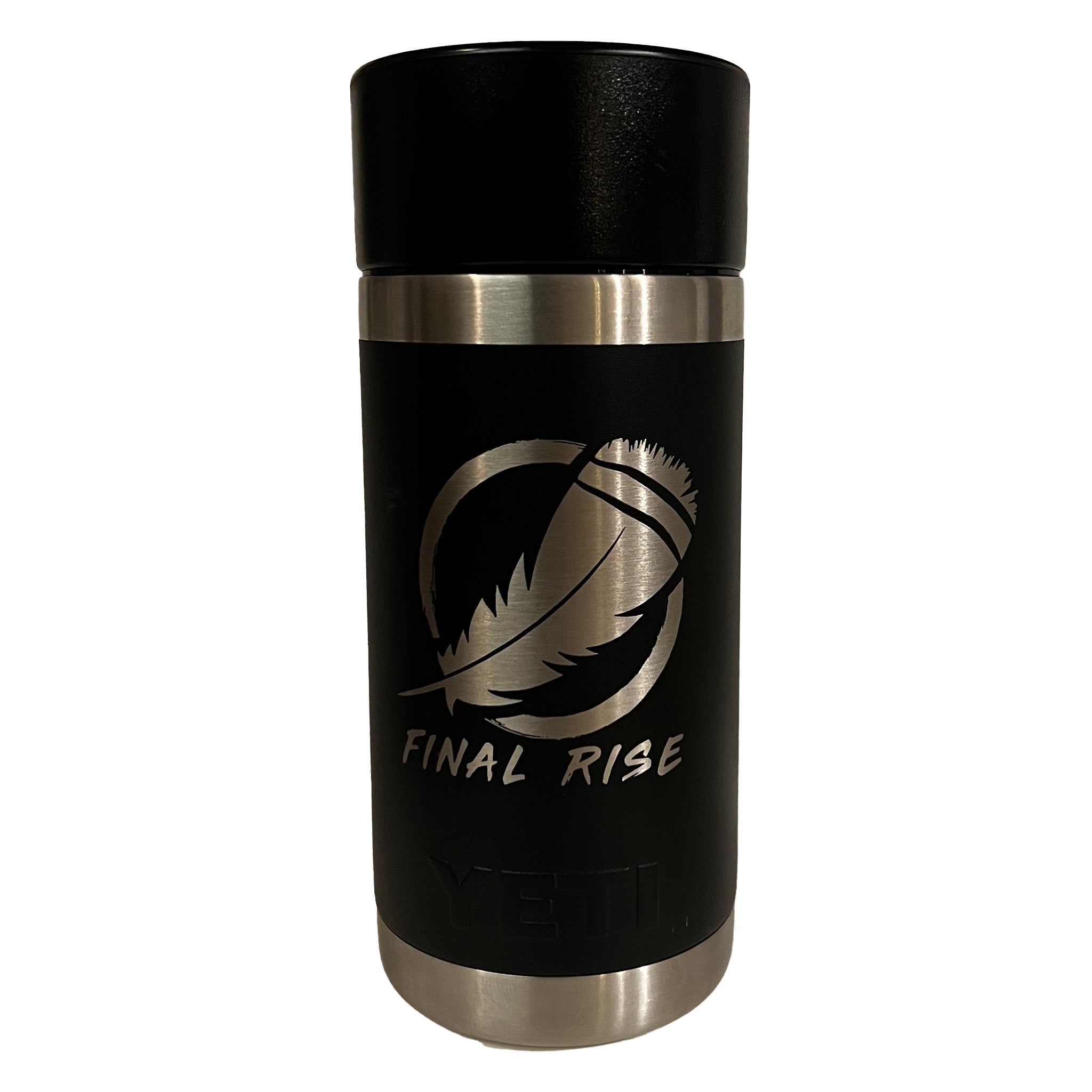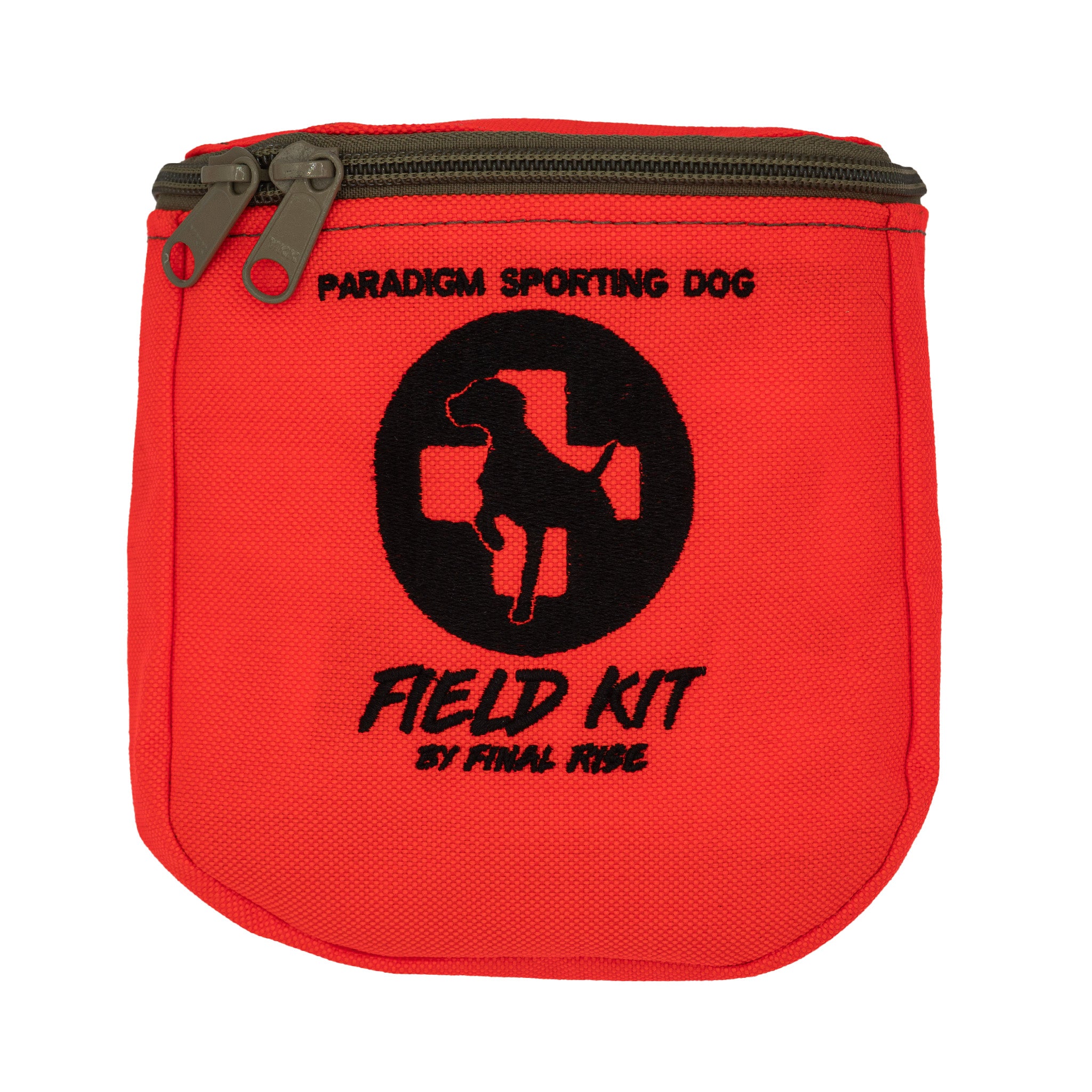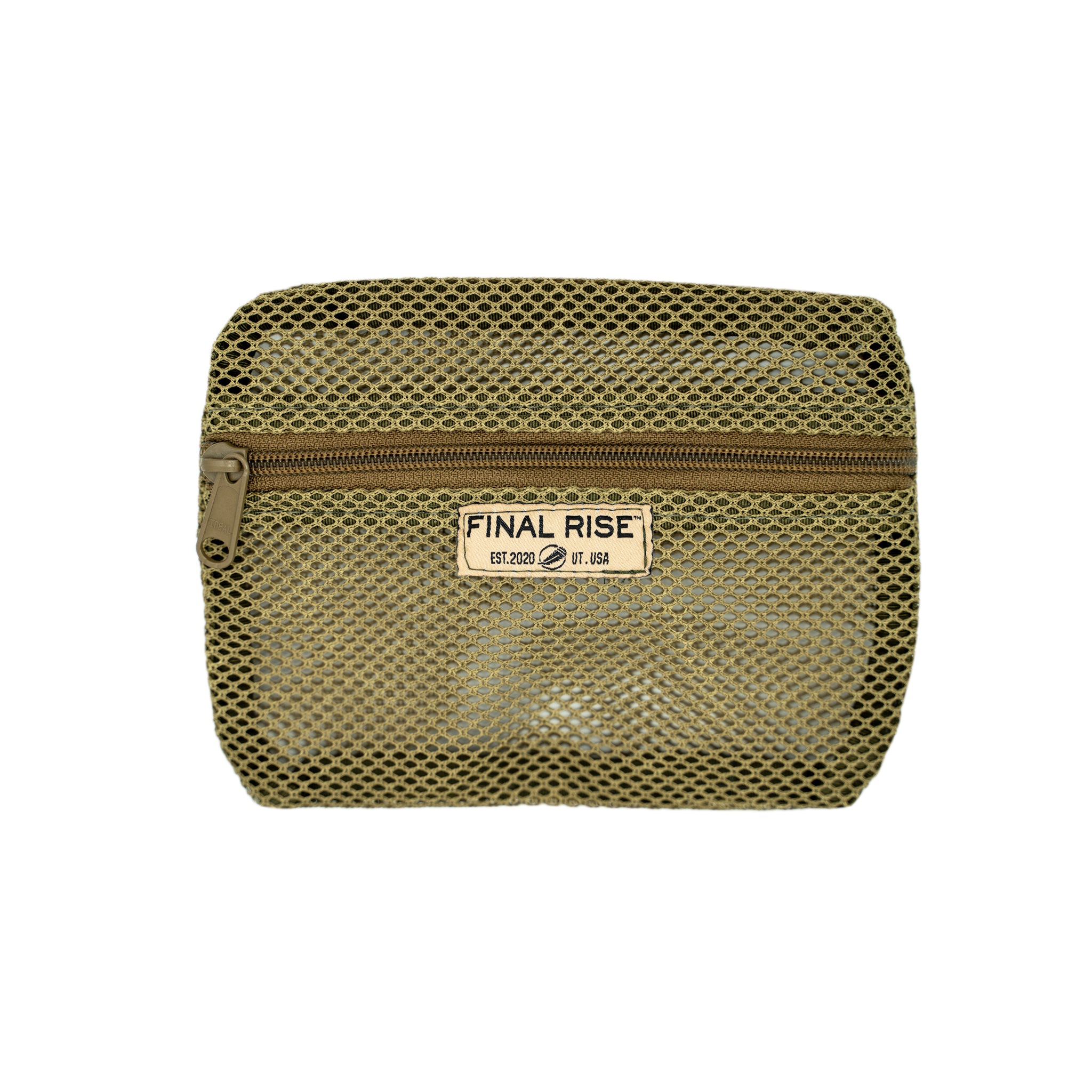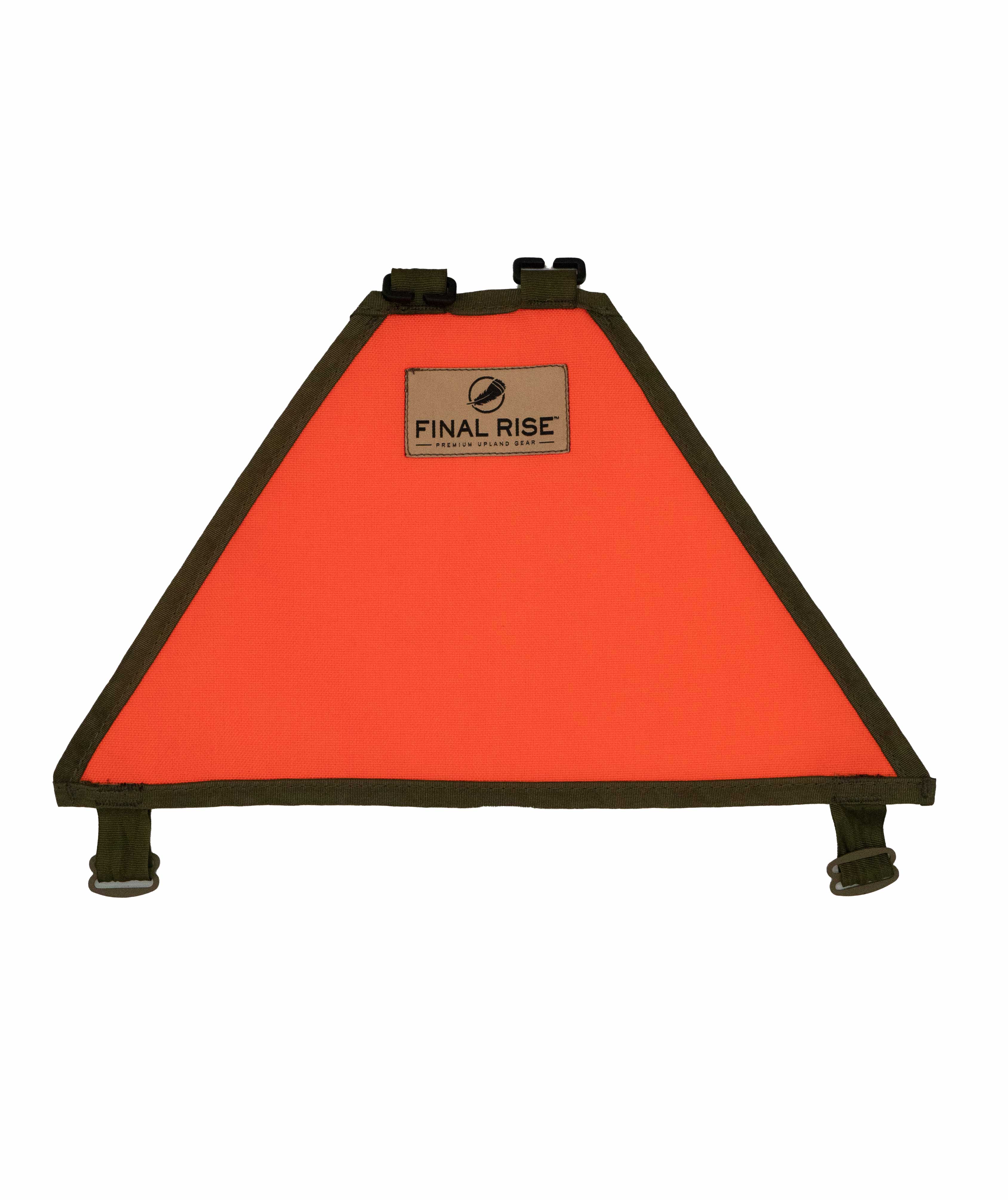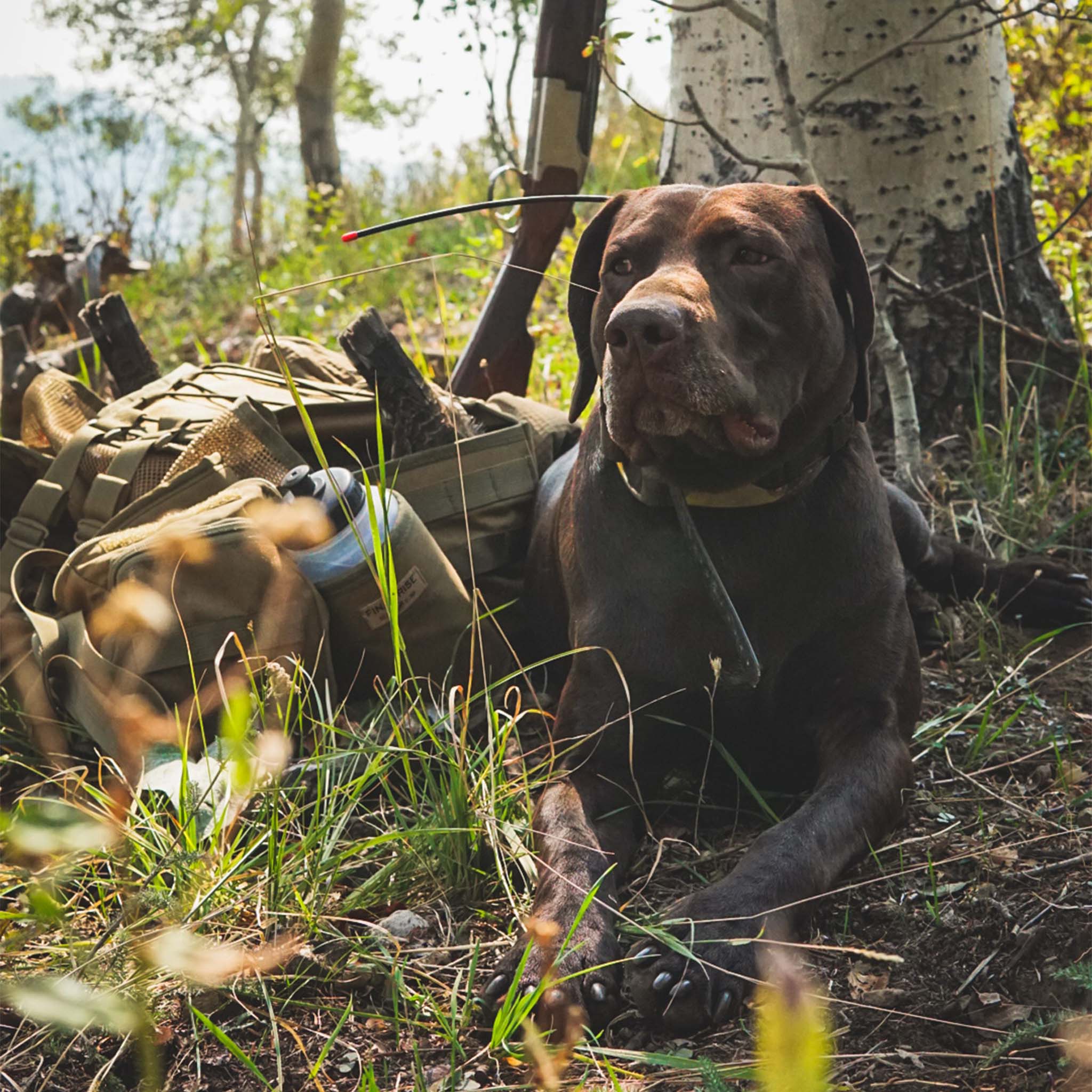
How to Balance & Load Your Vest

A compliment we’ve been fortunate to receive on a frequent basis is, “I can’t believe how well your vest carries weight. Any weight I feel when I pick it up disappears as soon as I put it on!”
To be honest, they’re not wrong. It really does work that way because of the design and layout of our vest. It wasn’t an accident.
It comes down to a fundamental understanding of how to balance the vest through proper weight distribution and of course knowing what upland hunters take into the field and how the vest should work with the hunter and not against them.
This article is to dive into some of the gear I use and where I put it in my vest. I won’t go into great detail on the specific gear, but I hope you walk away with a better understanding of how to enjoy your vest and make it more comfortable in the field.
Please note the locations I’m referring to are specifically to my SUMMIT Vest System. I’ll also provide context as to where I put these items in my vest. Why? Again.. weight distribution and properly balancing your vest, before you put birds in it, is a hyper critical aspect that shouldn’t be overlooked.
I’ve been fortunate to pack a handful of deer, elk and other big game animals off the mountain. Hauling 100+ lb packs provide experiences that will teach you really quick how and where weight belongs in a pack, or in our case, our vest. The principles remain the same regardless.
Here’s a quick picture of a mule deer pack out, with camp, from last fall.. Which happened to be 13 miles from the truck. It was a butt kicker, but knowing where and how to load the deer, along with my gear, made it 100% manageable.

SHELL POUCHES

First I’ll start on the front of my vest. The weight we put here is important to properly balance the vest front to back.
Think of the vest as a teeter-totter.. If I don’t have anything in my shell pouches and I load up a limit of giant blue grouse here in Utah, there’s no counter balance to keep the vest from rocking back too far. No upland vest can because it doesn't have a frame or stay system to hold it up.
So, while our waist belt does an incredible job of mitigating any discomfort, it cannot defy the laws of gravity and to provide optimal balance and weight distribution, the front shell pockets should play a large part in properly setting your vest up.
In my left shell pouch, I usually will carry a full sized camera. A Sony A7III with an array of lenses or I’ll often resort to my smaller A63000 with one of the Sigma Prime lenses. Very nice setups for the money (an article for a later time). These cameras weigh around 1.5 lbs each (24oz). I’ll usually drop a candy bar or something in there as well for a quick snack while I hike. Give the bar an average of 2 oz and in total, I’ll have roughly 26 oz of weight in my front left shell pouch.
On the opposite side, in my right shell pouch, I’ll carry my shells, and my shells only. While the actual ‘exact weight’ will vary based on the gun I’m carrying that day, a 1oz 6 shot 20 high brass game shell is right around 1.25 oz total weight. I’d imagine depending on powder load, this will vary slightly.
Depending on the species I’m hunting, I’ll take anywhere from a dozen to a full box. For grouse, If Im taking good shots and can’t kill 4 birds with 12 shots.. I should go home anyways. For chukar, I usually feel the same but I’ve been humbled many times by them and when you hike for 2 hours to get to the birds, I’ll usually keep hiking and working to figure the day out.
All that said, to put a number to the total weight of the shells, we’ll take the average of 12 or 25, which is “18.5”, shells and multiply that by 1.25 oz, which lands us at approximately 23 oz.
I now have a total of 49 oz, about 3 lbs, (just using the previous numbers for consistency purposes) on the front of my vest and almost identical weight on both the right and left hand side. Perfect!
Again, to me this is worth mentioning again, please don't overlook using your shell pouches for more than shells. They’re a critical part of ensuring your vest is balanced correctly.
WATER BOTTLES

Next, of course I’ll have water in my setup. At a minimum 64 oz (2 x 32oz bottles like the ones we include for free with your SUMMIT). I much prefer the water bottle holders mounted to the waist belt as it alleviates any unnecessary stress on the shoulder harness. The more weight you can put on your waist belt and load onto your hips (the core and strongest part of the human body) the less weight on your shoulders and the more comfortable you’ll be.
Combining the total weight on my waist belt now, we’re at a solid 113 oz, which is right about 7 lbs. Sounds like a lot of weight, but weight, in the right place, adds stability. Same reason bench shooters prefer heavy rifles or trap shooters swing heavier and longer barreled guns.
There’s always a point of diminishing returns but water and shells are an absolute necessity for 99% of the hunting I do, so having it in the right place (the waist belt) makes everything that much more comfortable as the day goes on.
GAME BAG

Transitioning to the game bag, I keep it comprehensive but simple and of course, balanced.
One of the things that is often overlooked on upland game vests is the game bag layout. Not that any of them are ‘bad’, but the size, location and uses of storage pockets are often set up to where someone can really throw the vest out of whack. I call it “the saggy diaper” layout. Ya know how a little kid runs around with a full load.. Yeah.. that’s how I see some vests loaded down.
For that very reason, we don’t have a large zippered pocket that’s on the very back of our game bag. Because big pockets mean big objects, or lots of little objects. Big objects, or lots of little objects accumulated in a single pocket, are heavy. Heavy is the last thing I want to put in my vest that’s below my waist line and furthest away from my body.
That is the very reason that folks' necks hurt when they get back to their truck. Their vest either didn’t have a proper waist-belt, or one that was sized correctly and could actually be load bearing, and they put the heaviest objects far away from their body and below their waist (in that giant rear pocket).
High and tight to the small of your back, and above to the middle of your back, is where you want the heaviest objects in your pack to be. The waist belt and vest can support that weight much easier because it’s right above it and a direct load pushing down.. If it’s far away from and below the belt line, the system has no support.
It’s like holding a weight straight up above your head or down to your side. Your body is in line directly with your arm and it is much easier to leverage your body to support the weight. It has more support and more help.
The moment you move that weight away from inline with it’s support system (your body) and to where it’s a 45* angle from the weight to your shoulder, that weight feels WAY heavier and it’s all you can do to hold on.
The total weight never changed, but your body's ability to support it did and that makes all the difference.
To clarify my analogy and liken it to our vest design, the waist belt (your support system) can better support weight that’s close to it and directly above or below it. If you move that weight away from your belt, it cannot and will not support it as easily. Very simple.
Like I said before, no vest can defy the law of gravity but keeping anything you do put in there as high and tight to your body as possible, will let your waist belt shine and your shoulders relax.
Using this knowledge and backpacking experience, we utilized the designed space of the game bag to have 2 pockets, 1 on either side, of the game bag, and 1 larger pocket in the rear panel, which is to replace the traditional rear pocket mentioned, by moving the weight up higher on your torso and near the middle of your back, therefore giving the vest the ability to support any larger items that may find their way there.
That said, I personally load the sides of the game bag with the heavier objects (closer to my body and right on my hips) before I load the rear panel pocket.
So, with that context shared, I’ll dive into where I put my gear in the SUMMIT game bag.
One each side of the game bag, in the zippered pouches that come sewn into the SUMMIT vest, I have a first aid kit. One for me and one for the dogs. I’ll dive into what’s in those kits in another article soon, but I have a personalized kit for me and one for the dogs. I know right where they are and they’re a hand’s reach away when needed. Each of these kits is around 8 oz, 1/2 lb. and is ample for field needs. A more comprehensive kit is always in the truck.
In the upper storage pouch, in the triangle shape found on the SUMMIT and LEGACY vest models, I put my lunch (usually PB & Honey sandwiches, a bar of some sort and maybe some other small snacks to keep me humming along) and store a short corded lead in case of a porcupine, skunk or anything else the german dogs need to stay away from lol.
While I don’t have a sandwich to weigh at the moment, I’d put the total weight in the panel around 16 oz or 1 lb. Which may be a little high, but a good number.
Along the back of the SUMMIT game bag is the pouch for the water bladder that makes an awesome little ‘easy access’ storage pouch when a bladder isn’t in use. If I’m not using a bladder, I have a small collapsible bowl for watering the dogs (yes, they can drink from bottles but I hate wasting water when I knew we’ll be out all day) that I tuck in there, along with putting my spent shells in there for reloading at a later time.
The bowl honestly doesn't weigh much, but a couple oz. probably 5 or so.
Additionally, on the outside/back of my vest I will carry a windstopper vest of some sort all season long. From early to late season, I’ve found a vest to provide the most versatility in layering to take the bite off a cool October morning and help regulate core temperatures in February when we’re sweating from hiking in knee deep in snow chasing chukar.
The windstopper vest is approximately 16 oz, or 1 lb, and cinched up with the jacket lashes. The best part about carrying your layers in this manner is that it is always there when I need it and out of the way of the mess that birds can make inside the game bag.
PUTTING IT ALL TOGETHER
Totaling the weight up, and breaking it down by location on the vest, we have:
- 7 lbs on the waist belt
- 2.5 lbs in the game bag
To me, this layout has proven to give me an incredible amount of comfort as the day progresses and when lucky, birds find their way into the vest.
In Utah, a limit of Chukar is 5 birds and with each bird weighing roughly 1 lb, if I do shoot a limit, I’ve got 7 or so lbs in the gamebag and 6 or so on the waist belt, assuming I’ve shot a few shells, drank some water and ate some of the food.
Ultimately, because the weight was evenly distributed and consumed/expended at a similar rate throughout the day, I still end up with a very well balanced vest. Both front to back and left to right.
All of this really boils down to a comfortable day afield and no stiff neck or aching shoulder muscles when the day is done.
If comfort and weight distribution are high priorities on your strap vest list, give some of these thoughts a try and don’t be afraid to shift things around on your vest. A little tweaking and reconfiguring can make all the difference.
Thank you for taking the time to read and if there’s any questions we can answer, please don't hesitate to connect. We’re always happy to help!

